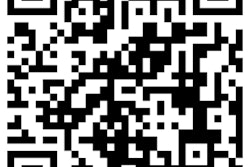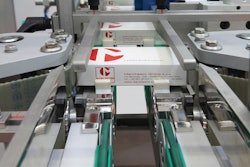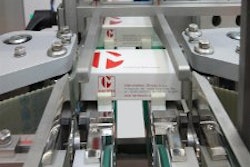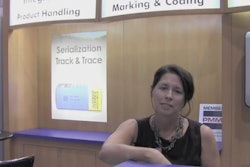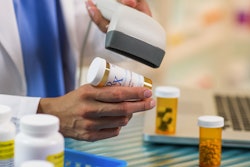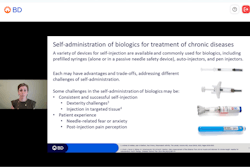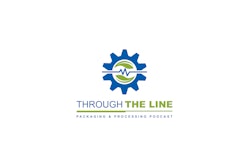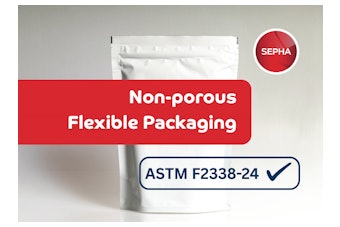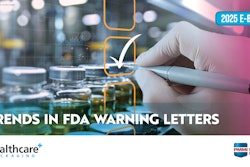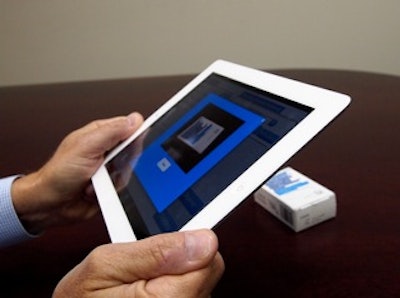
In the last few years, prescription drug diversion and abuse has grown at alarming rates, resulting in a serious increase in deaths and hospitalizations, and creating a nationwide epidemic. More than 30,000 people die each year from prescription drug abuse. And the number of illicit pain medicine abusers is estimated at approximately 6 million people in the U.S., and it's growing at a rate of at least 15% per year.
Last year, more than 1.2 million people were treated at hospital emergency rooms for prescription drug overdose, and 20% of people (48 million) over the age of 12 in the U.S. have used prescription drugs for non-medical purposes. Serialization of these medications, particularly for controlled substances, the most common target for diverters, can be an effective tool for identifying those involved with diversion at all levels in the supply chain to help aid in this crisis.
Serialization is the placement of a unique serial number on, ideally, all levels of packaging. The serial number is printed in the form of a 2D, or Data matrix, bar code and also a human-readable number, which is embedded in the 2D bar code. When the bar code is scanned at the point of dispensing, it can be associated with the patient receiving the medication.
That information is automatically sent to a database, which can be used at a later date if the product is found on the street and suspected of being diverted. If this package is found in the hands of an unauthorized user, the serial number can be input by either a scan of the bar code or entry of the serial number into a web portal, and the patient to whom the product was dispensed will be identified. This patient identification can be performed by law enforcement, the pharmaceutical manufacturer's security officials, or others granted proper administrative access.
For combating diversion, serialization can provide benefits to the "four P's" of healthcare: physicians, payers, pharmacists, and patients. Physicians have become increasingly concerned about potential abuse of controlled medications that they are prescribing to patients.
If each package is uniquely identified with a tracking number, particularly on the unit dose (e.g., on each blister cell), patients can be instructed to periodically return to the physician's office to account for all medications taken. If each unit dose is serialized, substitution of "borrowed" medications can be detected. This practice can serve as a deterrent to prevent patients from selling medications for which they can now be held accountable.
Furthermore, an effective method for establishing traceability of controlled substances from the point of sale or dispensing can be enabled with serialization. In order to pick-up controlled medications, patients can be required to provide a government photo-ID (e.g., driver's license or passport). Using existing bar-code scanners, the pharmacists can input the serial number from the primary package into a database. That way, if this package is ever found in the hands of a suspected diverter or abuser, the patient to whom the drug was dispensed can be identified.
The payers' (insurance companies, HMO's, etc.) benefit from these types of programs can be substantial, given the cost of hospitalization and treatment for prescription drug abuse. The increased cost for serialization is a small fraction of the cost of private or public healthcare reimbursement.
Patients who legally obtain controlled substances for treating their medical conditions are often victims of theft by family members, friends, or caregivers from their home medicine cabinets. Knowing that these drugs can be traced back to them will motivate them to store those medications with greater security; or, if one of these drugs is later found to be diverted, the patient will be able to identify possible suspects.
Another great beneficiary of serialization of controlled substances would be law enforcement. Currently, if diverters are apprehended with large quantities of drugs, it is virtually impossible to identify the source of these drugs. Drug diversion investigators can easily input the human-readable serial numbers into a web portal, and are be able to determine which pharmacy dispensed the product.
Then, with a subpoena, the patient and prescribing physician can be obtained. If the package was stolen prior to arrival at a pharmacy, e-Pedigree-derived information could reveal where in the supply chain the product was diverted.
Prescription drug diversion and abuse is a crisis that is affecting millions of people and their families, as well as causing great financial impact on the private and public sector. Serialization can provide traceability for the entire supply chain, even into the hands of the patients-or the diverters.
Article written by Steve Wood, president and CEO of Covectra, a multi-layered brand protection solution provider specializing in cloud-based serialization of all levels of packaging down to the unit dose. The company's products include serial number generation and management, packaging line serialization with aggregation, and applications programs for track and trace, patient support, and combatting diversion.



